The late Leigh Bowery, the protagonist of a new exhibition at London’s Fashion and Textiles Museum, was a true multi-hyphenate four decades before TikTok popularised the term. Bowery achieved cult status and notoriety for his many, often shockingly transgressive, creative endeavours unleashed across the more wild and underground niches of London’s creative scene in the 1980s and 1990s. His work evolved from nightclubs to galleries and across the mediums of TV, video and magazines. He proposed fashion design as a celebration of individuality rather than for mass consumption. Bowery created live art performances involving ‘accidentally’ squirting the stinky results of an enema upon a hapless audience, posing behind a mirror for days on end in the Anthony d’Offay gallery as a ‘living work of art’, and ‘giving birth’ to his wife Nicola live on stage at the New York drag festival Wigstock.
Prior to his death from AIDS at the age of 33 on New Year’s Eve in 1994, Bowery had acquired many high-profile fans. The pop star Boy George affectionately described him as “modern art on legs.” Vivienne Westwood hailed him – along with Yves Saint Laurent – as one of the most important fashion designers of the 80s. The artist Lucien Freud, who in the early 90s painted vast fleshy nudes of Bowery (now well-hung in the world’s finest galleries) found him “perfectly beautiful.” He was indeed a beauty: physically big and uninhibited, witty, bright, articulate, a mischievous homosexual and talented designer, and the best model of all for his own creations. I have previously marvelled at his looks from the 80s and 90s for i-D. Next year, the Tate Modern will stage a Leigh Bowery retrospective, examining his wider creative practices within art, performance, film and music. Outlaws: Fashion Renegades of 80s London at the Fashion and Textiles Museum got in there first, though focuses more specifically on Bowery’s work as a single-minded fashion designer who didn’t give a fuck about anything as tedious as seasonal trends.
He was known to source his fabrics at the rough and ready fabric stores and market stalls in and around East London’s Brick Lane (back then a far cry from the gentrified hotspot it has since become), specifically selecting gaudy ‘unfashionable’ colours and cheap synthetic materials, which would be combined with lush satins and sequins, to create covetable trashy-luxury hybrids. Bowery loved to max up the proportions through his designs. Wide shoulders and big bums were a recurring theme, he would also cut away the fabrics to put the wearer’s cleavage on show. He would often flaunt his own apparent pair of impressive breasts as part of a ‘look’ with reams of concealed tape holding his ample flesh into appropriate shape. Looking at his work up close, what’s instantly apparent is his brilliant sense of colour, which is not necessarily always captured in analogue snapshots or grainy YouTube footage. You sense this most notably in the vivid green of a frock he custom made in 1984 for the performer Lanah P, or a turquoise belted corduroy coat with vast shoulders and thick outer-stitching that manages to look rather practical yet outlandish all at once. Equally noteworthy was the designer’s desire to blur gender through clothing – evidenced in the extraordinary looks and costumes he created for the dancers in the Michael Clark company, who effortlessly leapt and jerked about in a mixture of oversized coats, Y-fronts, 70s platform boots, knee length socks and polka dot face make up. All of which proves Bowery’s prowess when it came to breaking all the fashion rules, but always doing so with great skill, craft and technique.
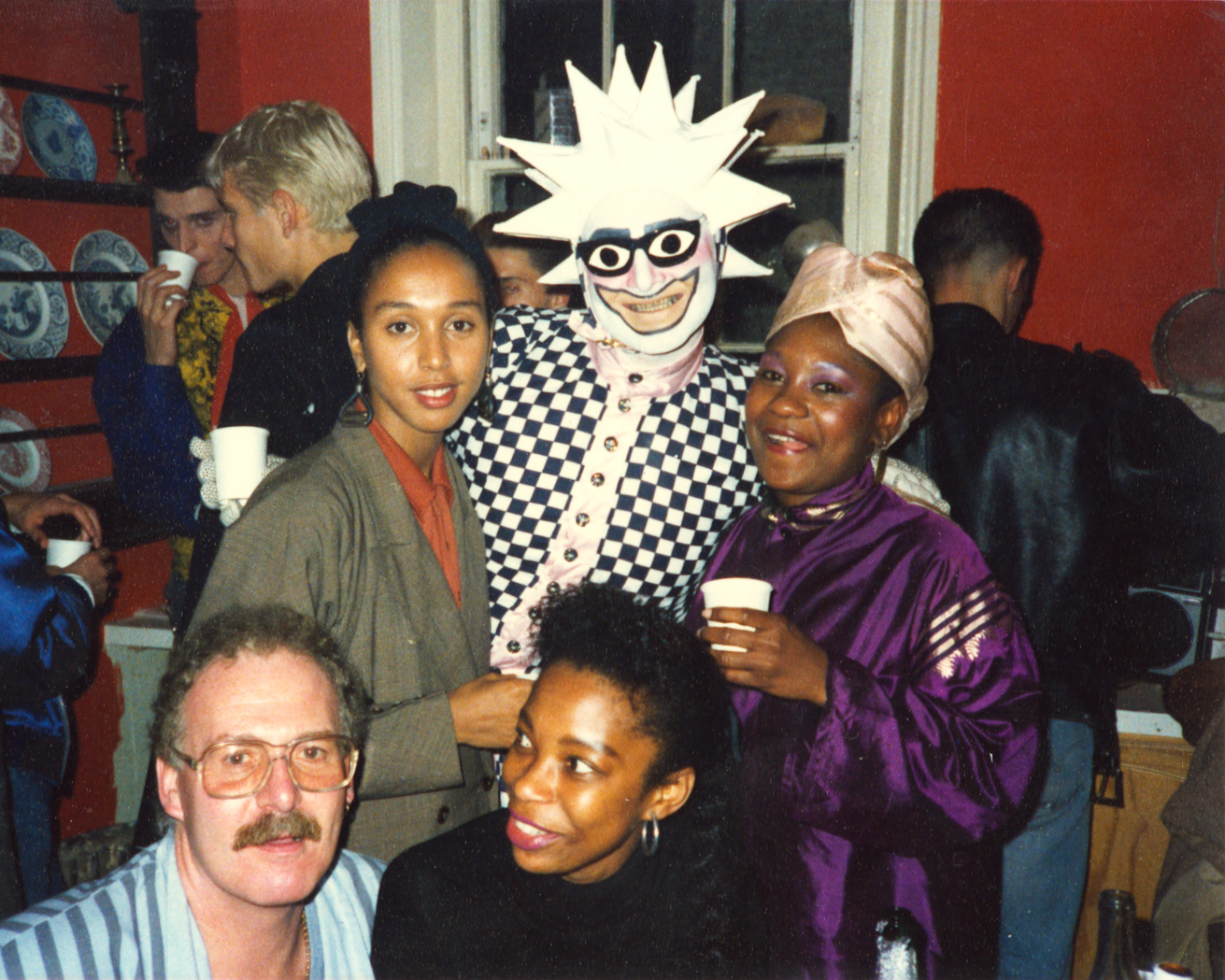
The exhibition is fun yet poignant, informative, a labour of love, oozing attention to detail and fastidious cultural archaeology. Its curators, Martin Green, David Cabaret, NJ Stevenson and James Lawler, have combined their decades of experience in the worlds of nightlife, design, DJing, music production, journalism and academia to make this exhibition a must-see gawp-fest for anyone into fashion and social history. Every part of the museum is thoughtfully utilised to track, display and contextualise the era’s different strands of underground fashion and style, in custom settings which subtly evoke the squats, market stalls and nightclubs of 1980s London, complimented by rare photographs, video footage and specially mixed music.
As well as Bowery’s work, the exhibition also includes the equally alluring output of a network of young designers, makers, stylists and make-up artists who emerged alongside Bowery and went clubbing with him come nightfall. Whether it’s Christopher Nemeth’s brilliant repurposing of discarded hessian postal sacks into robust jackets for 20th Century urbanites, or the flamboyant and expertly tailored gold men’s suit from Stephen Linard, the brilliantly-brash tartan ensembles from Pam Hogg, and even an MA1 bomber jacket impeccably customised with patches, badges and nik-naks by super-stylist Simon Foxton, the full gamut of alternative-80s grittiness and glam is on display here. Then there’s characters who don’t turn up much with a Google search, yet whose work still looks modern: Marc Lawrence, Annie La Paz, Dean Bright and Elmaz Huseyin, the list goes on. Outlaws is also determinedly reclaiming recognition for some of the less widely-known talents who were cut down in their prime by AIDS or drug addiction – both rampant during the 80s – and have consequently been written out of history.
Quite a number of the exhibition’s featured subjects flocked each week to Taboo, the notorious club night Bowery and Tony Gordon unleashed in 1985. Outlaws taps into the madcap energy and experimentation of that time and scene, while simultaneously confirming connections to today’s ongoing conversations about sexuality and gender, as well as sustainable fashion, fame and the soul-crushing effects of gentrification upon London’s creative communities. The exhibition also underlines the inspiration and references Bowery (and Taboo) have provided to various other designers gaining success and widespread recognition during the ensuing years: Alexander McQueen, who saw Bowery perform with his band Minty at Soho’s Freedom bar in the early 90s, and would later emulate his trademark garish lips on the models for his AW09 show. Rick Owens made no secret of Bowery’s birthing performance being a major source of inspiration for his SS16 collection. A young Martin Margiela was rumoured to have been a regular customer at Dalston-based The House of Beauty and Culture in East London on his trips to London during the 80s. Some of the raw, deconstructed techniques he used during the earlier years of Maison Martin Margiela certainly chimed with those previously proposed by designers and makers Christopher Nemeth and Judy Blame at that very same East London shop-studio-showroom. Gareth Pugh, Richard Quinn and Jean Paul Gaultier have all at various times produced designs involving cartoonish, S&M-style face-concealing masks, strongly echoing those designed and memorably sported by Bowery. Charles Jeffrey’s ability to combine queer clubbing, catwalks and a sense of community updates the performative spirit and gang mentality of Taboo for a younger generation.

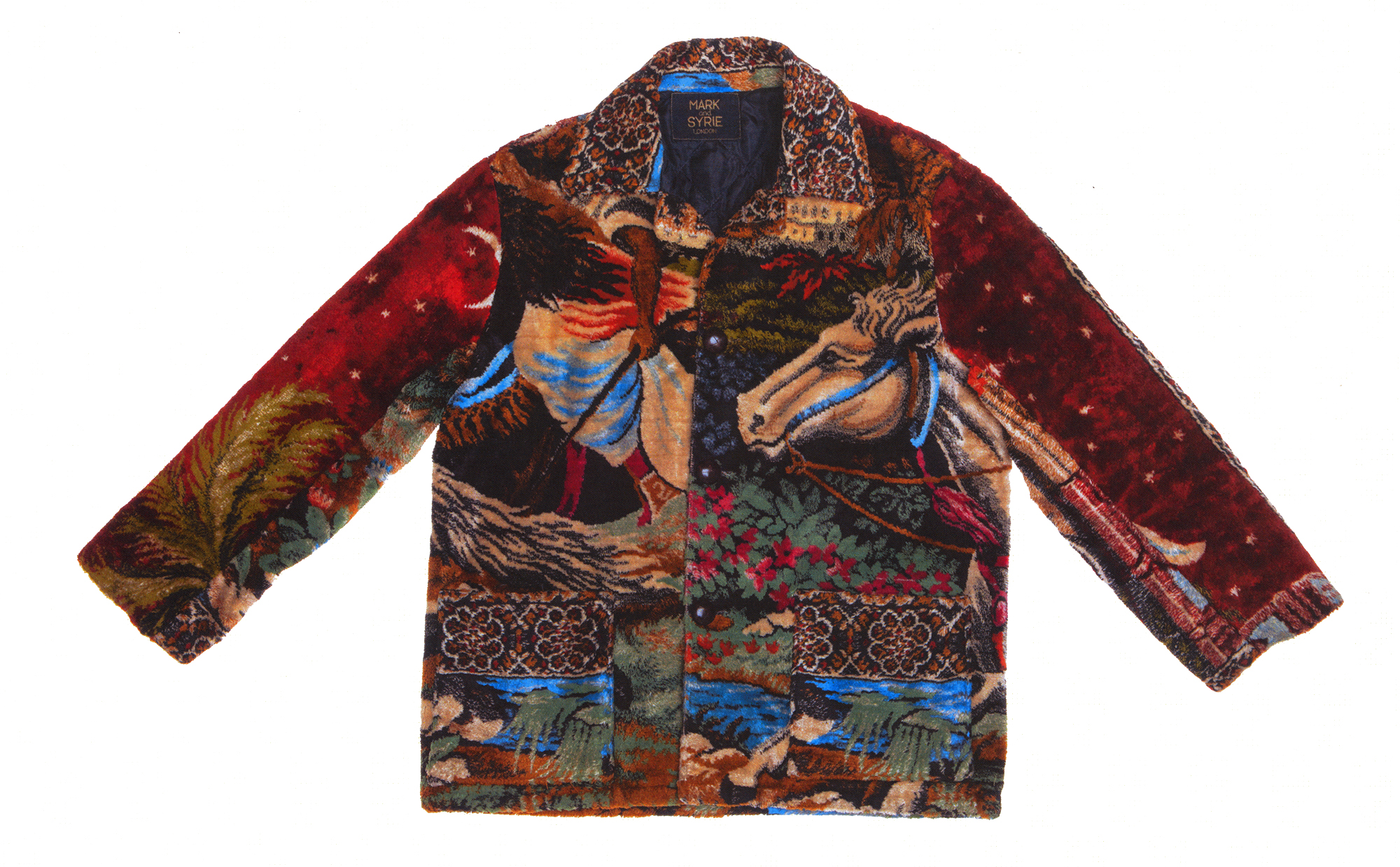
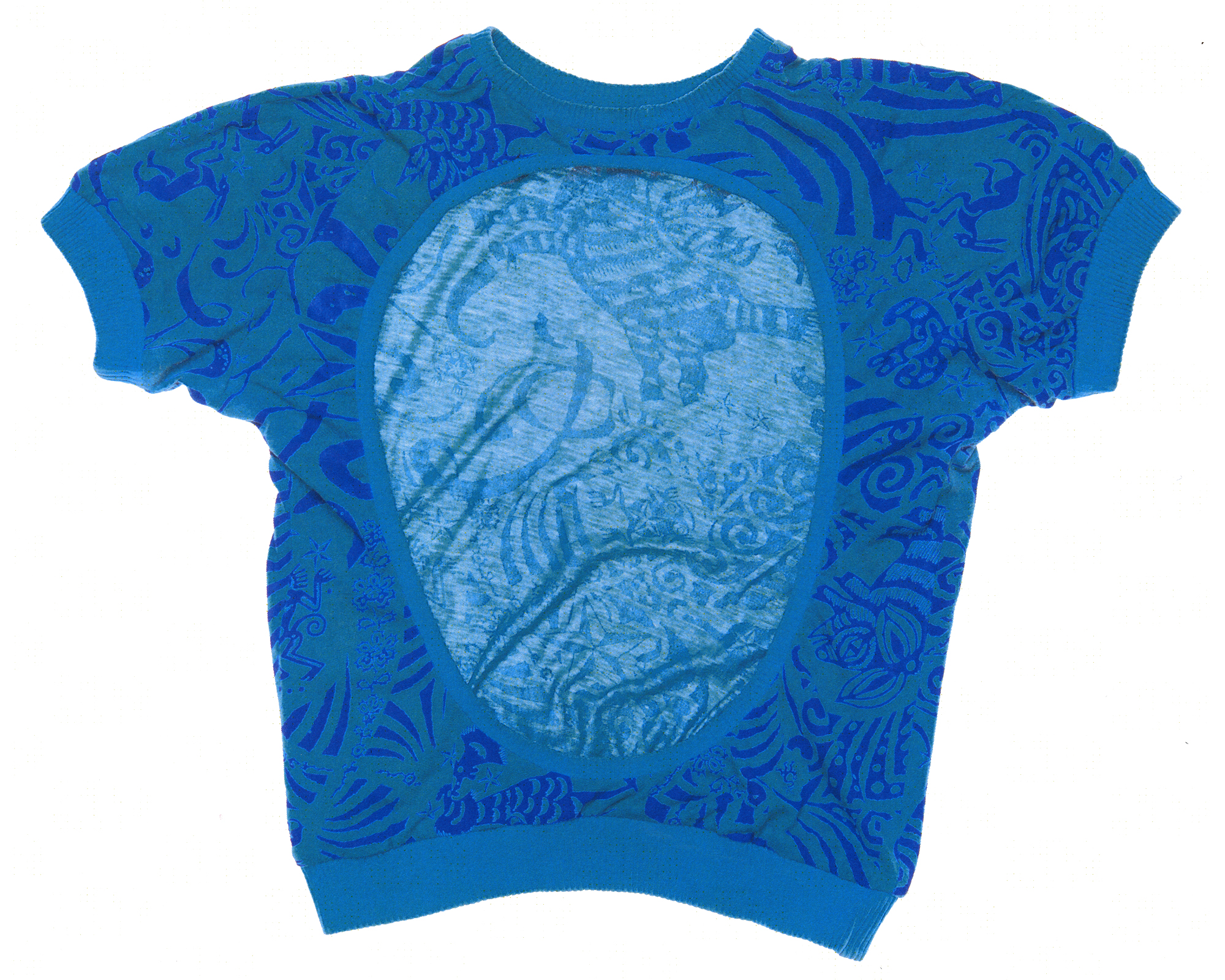
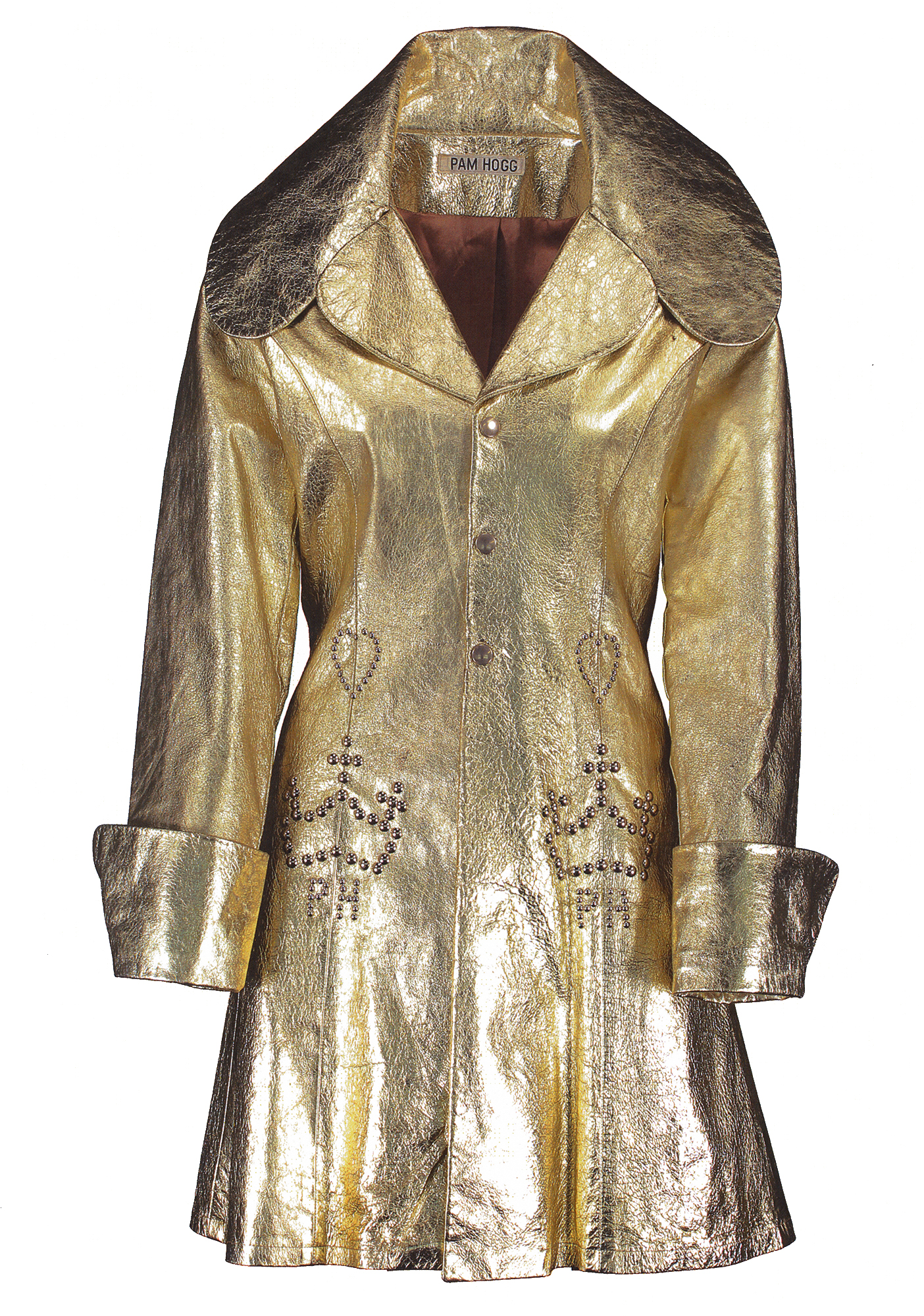


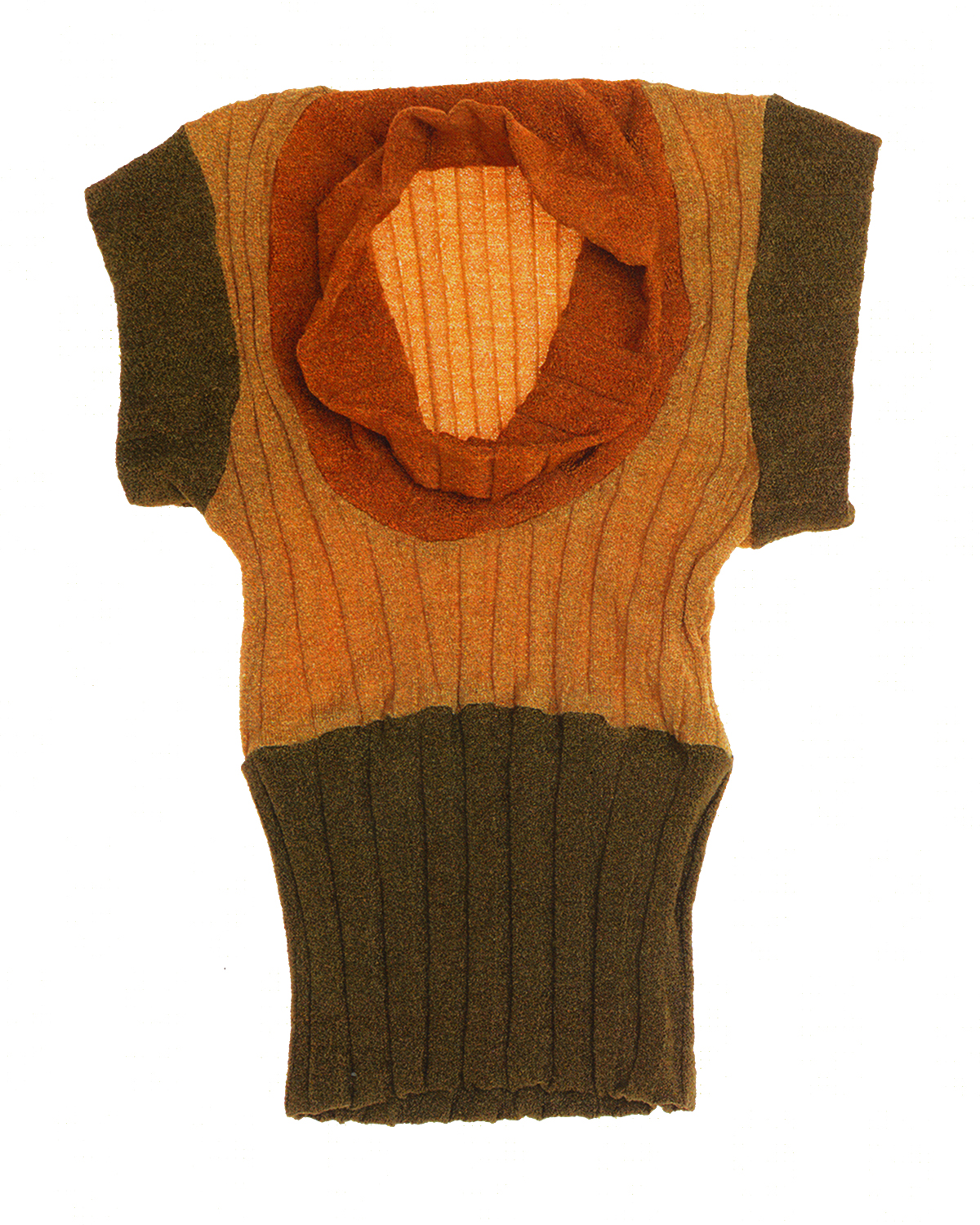







The eclectic fashions displayed throughout Outlaws were produced in limited numbers or as one-offs within designers’ cheaply rented studios, bedrooms and squats, or at colleges such as Central Saint Martins – honed by students who, unbelievable as it might now seem, back then benefited from government grants to pay for their fashion education. The fruits of their labour were sold directly to in-the-know customers via in-the-know retail outlets sympathetic to independent designers, most notably Kensington Market, Camden Market, Hyper Hyper, Browns and The House of Beauty and Culture – all long-gone, except for Browns. These new purchases would be styled to the max and proudly flaunted in nightclubs. It was a lo-fi yet effective ecosystem that today’s generation of fee-paying, debt-ridden fashion students can probably no longer comprehend let alone easily access in a city with such sky-high rents and so largely dominated by identikit chain stores and corporate thinking.
Originally hailing from the suburb of Sunshine, Australia, Bowery ditched his local college fashion design course and moved to London in late 1980, having been inspired by the game-changing Blitz Kids and the New Romantic movement, as well as the increasingly adventurous nightclub scenes and eclectic street styles percolating in the city. All of these were lovingly documented in the early print issues of i-D, which was also the first style publication to feature Bowery. Those actual magazine pages are displayed in a section of the exhibition dedicated to the media coverage given to Bowery and his gang. By 1987, Bowery became an i-D cover star, bedecked with multiple pairs of spectacles and pink foam pig snouts.
Within a few years Bowery went from being a shy outsider to become the Pied Piper of the in-crowd at Taboo. Housed in a modestly-sized, faded 70s discotheque named Maximus in London’s Leicester Square, Taboo operated an elitist “dress as though your life depends on it, or don’t bother” door policy, resulting in a bacchanalian explosion of extreme looks and gorgeously trashy music (c/o DJ Jeffrey Hinton) with lashings of booze, drugs, sexual shenanigans in the toilet, bruises, dancefloor mayhem, swirls of Marlboro cig smoke and the heady aroma of poppers. When former i-D Editor Alix Sharkey wrote about the club in 1985, it sounded terrifying yet tantalising: “London’s sleaziest, campest and bitchiest club of the moment which is stuffed with designers, stylists, models, students, dregs and the hopefully hip.” Sharkey also described Taboo’s vodka-guzzling host merrily rolling around on the floor semi-naked, and regaled the rumours of a young lady who died of exhaustion while waiting for hours in the long queue outside the club (a tragic tale that turned out to be one of Bowery’s darkly-comic fibs, of course). After eighteen months of infamy, Taboo would be closed down forever when the Mail on Sunday published a sensationalist exposé of its decadent antics in their weekly You supplement.
Outlaws offers us a more sedate yet still compelling overview of Taboo style. Underneath a large disco mirror ball, groupings of vintage highly-sculpted Adel Rootstein mannequins (the trendy mannequins of the 80s, replicating the likenesses of the decade’s movers and shakers, including NYC clubbing queen Dianne Brill or the model Susie Bick) have been cleverly arranged by Taboo veteran David Cabaret. They’re dressed as the club night’s regulars, resplendent in finery from designers such as John Crancher and Bodymap. Wigs have been custom-made, ranging from the billowing tresses of the late Kinky Gerlinky hostess with the mostest Gerlinde Costiff, to the stiffly bleached flat-top of former early 80s i-D cover star Scarlett Cannon. Visitors can view this vibrant spectacle accompanied by the giddy strains of Martin Green’s specially mixed soundtrack of mid-80s club tracks. What is abundantly clear is not only how well-made and inventive the clothes were, and how impeccably they have been looked after or restored (miraculously, there’s not a cig burn, lager stain, or splatter of obligatory dancefloor gunk anywhere to be seen), but also how contemporary so many of the outfits look. They could easily have come straight off the runway from last month’s London Fashion Week.
Highlights from the exhibition (it’s difficult to choose a few, though, as there are so many corkers) include: Elmaz Huseyin’s hand-painted shirt, later worn by Martin Fry, the lead singer of 80s pop group ABC; Mark & Syrie’s early versions of upcycled fashion, via tourist tea towels and Turkish carpets reworked into trousers and jackets; the slightly eerie Polaroids of clubbers at Taboo, shot by photographer Paul Hartnett; and drop knit sweaters by genius designer-turned-DJ, Rachel Auburn. It’s easy to see why her ultra-rare work from the early 80s is collected by diehard enthusiasts including Kim Jones.
Mark Vaultier, the doorman at Taboo, fully embodied the renegade spirit of the club. He was sometimes known to hold up a mirror to anyone blandly attired and desperately seeking entry, but about to be sent firmly to Fashion Coventry (an 80s term for the terminally uncool). “Would you let yourself in?” he would ask, cartoon-witheringly. Gaining access to this super-stimulating exhibition is, thankfully, much less daunting. Plus, it won’t leave you with a comedown from hell.
Outlaws: Fashion renegades of 80s London is showing at the Fashion and Textile Museum until 9 March 2025.
Outlaws: Fashion Renegades of Leigh Bowery’s 1980s London by Martin Green and NJ Stevenson is published by Scala Arts & Heritage.
Text: James Anderson
